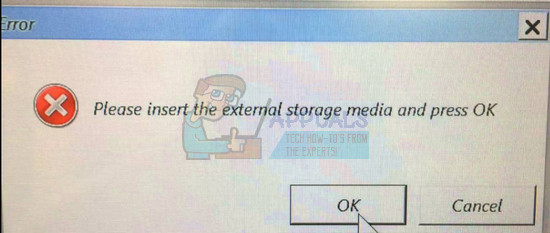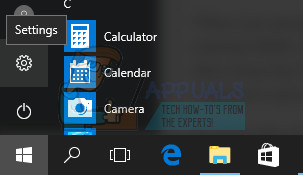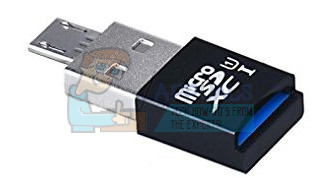The error message says “Please insert the external storage media and press OK” and it won’t appear even after users connect their external storage device. Sometimes the cause for this error is simply the fact that users don’t have enough storage but sometimes it appears for no particular reason at all.
There are some prerequisites which need to be met before you install Windows 10 at all so let’s see just what might be causing this error and how to solve it.
Solution 1: Disable or Uninstall Your Antivirus and Disconnect All Peripheral Devices
As you probably already know, Windows Setup is not a big fan of antivirus and security programs and each guide you can find online will tell you to always disable your antivirus before starting to update your Windows build.
Windows Firewall may also cause some connectivity issues because it automatically blocks unrecognized connections towards you computer and it’s quite possible it’s currently blocking some of the connections related to Windows Setup.
However, sometimes you have to take this one step further and completely uninstall your antivirus because many users have reported that uninstalling their antivirus program such as AVG or ESET Smart Security was able to fix the problem and Windows 10 installing process proceeded without issues.
Disconnecting Peripheral Devices and Storage Media When you encountered this error message, it’s probably because there are some peripherals connected, such as an external HDD, SSD, USB thumb drive/flash drive or an SD card. Just remove and disconnect all external storage drive from the USB port. If you’re using USB drive containing setup files to install OS, reconnect only the bootable USB drive and start again. To make this clear, only leave the device which is necessary for your installing process since other devices may cause incompatibility issues with your computer. Note: Many users reported “Please insert the external storage media and press OK” error message while trying to install Windows 10 on a SSD. According to users, in order to fix this issue you’ll have to disconnect all other hard drives and leave only your SSD drive connected. Alternatively, you can try disabling all other hard drives except for your SSD from BIOS. After you’ve disabled or disconnected all other drives, the SSD should be recognized by installer. Now all that you have to do is to delete all partitions on your SSD and Windows 10 should install without any problems.
Solution 2: Use an USB Port for Your SD Card
If you were using an SD card to install the new version of Windows on your PC or laptop, you may have encountered this error which appears even after you have inserted the SD card into your computer and it gets the process stuck in a loop which needs to be terminated by exiting the setup process. However, you can use an USB adapter in order to connect your SD card via an USB port on your computer and users have suggested that they have solved their issue by applying this particular method. Try it out yourself and check to see if it works!
Users have also reported that the external storage device you are using as a backup or as a storage device for Windows 10 must be a USB storage device and it needs to be connected to a USB port on your computer.
Solution 3: Update BIOS
A computer’s Basic Input-Output System (BIOS) is embedded software on a motherboard. It is the first software your PC loads so that it can use things like CD drives, mice, and keyboards practically from the moment you turn it on. Updating BIOS can help you deal with certain issues regarding Windows Setup and users have reported that updating BIOS enabled them to follow through without seeing this particular error message.
Fix: Please Insert the Last Disk of the Multi-Volume SetFix: Please Insert a Disk into Removable DiskNo Bootable Device - Insert Boot Disk and Press Any key? Here’s how to fixHow To Convert An External Hard Drive Into An Internal Storage HDD Unit







